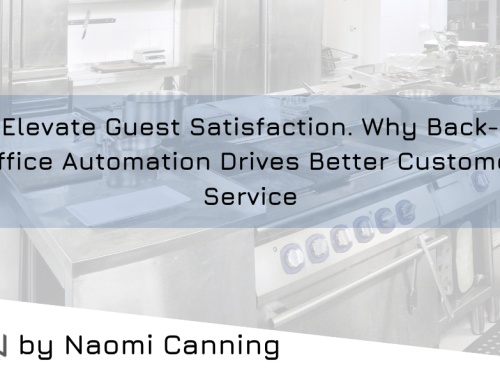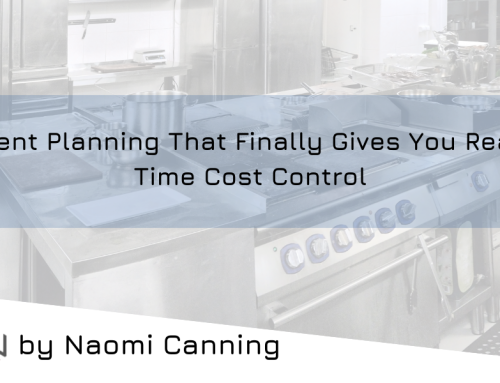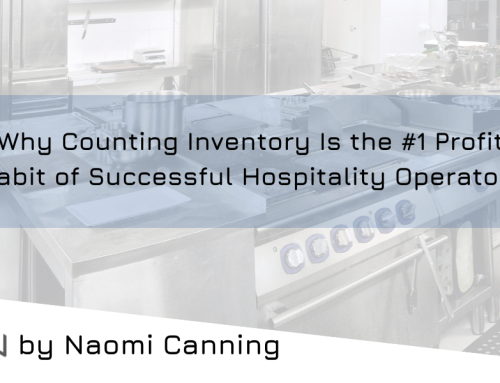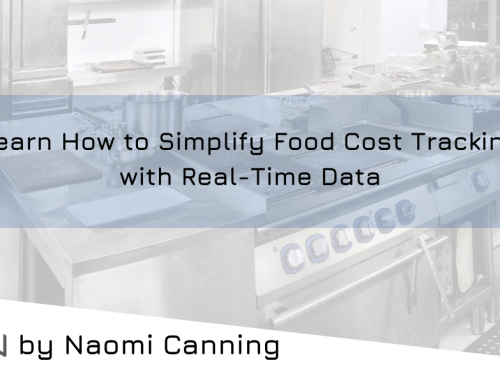Egg prices have been on a rollercoaster ride in recent years, leaving restaurant owners and chefs scrambling to adjust their food costs.
Whether it’s due to supply chain disruptions, avian flu outbreaks, or increased demand, understanding the factors behind price fluctuations can help food service professionals make smarter purchasing decisions and improve restaurant inventory management.
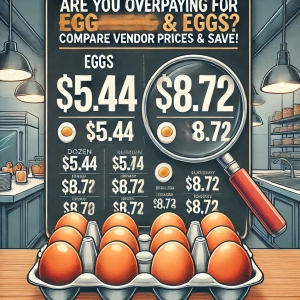
Why Are Egg Prices So Volatile?
- Supply Chain Issues
Disruptions in transportation and labor shortages can slow down egg production and distribution, causing prices to rise. Without an efficient inventory control system, restaurants may struggle to adapt to these fluctuations. A robust restaurant inventory management system helps monitor supply availability and forecast pricing trends.
- Avian Flu and Disease Outbreaks
When large-scale outbreaks occur, millions of birds may be culled, drastically reducing supply and driving up costs. Food cost can spike unexpectedly, making it essential for restaurants to monitor vendor pricing closely. Effective inventory control and restaurant inventory management allow businesses to pivot quickly when these events occur.
- Increased Demand
Consumer trends, seasonal demands (like holiday baking season), and shifting dietary habits can spike the demand for eggs, affecting both availability and controlling costs for restaurants. By leveraging a strong inventory control system, restaurant owners can track supply needs and adjust orders accordingly.
- Feed Costs
The cost of chicken feed, which is influenced by grain and corn prices, directly impacts egg production costs. Rising feed costs trickle down to restaurant expenses, making it crucial to have a solid restaurant inventory management strategy in place. Tracking supplier prices through vendor price comparison ensures that restaurants are not overpaying for essential ingredients.
- Regulations and Market Trends
New laws around cage-free eggs or sustainability efforts can impact production costs and availability, forcing restaurants to reassess pricing strategies and optimize inventory control. Staying ahead of market trends and adjusting food cost calculations accordingly can help restaurants maintain profitability.
How Restaurants Can Adapt
Since eggs are a staple in most kitchens, restaurants must find ways to manage rising costs while maintaining menu quality. Here are a few strategies:
Monitor Vendor Pricing Regularly
Prices can vary from supplier to supplier. Using a vendor price comparison tool (like NxtEdge) ensures you’re getting the best deal available.
This past week, I analyzed pricing for over 50 restaurants and country clubs and found that egg prices varied by more than 60% between different markets. Even within the same location, vendor pricing differed by over 25%. Imagine if all of your purchasing was this inconsistent—could you save 8-12% simply by comparing vendor pricing?
Vendor price comparison is essential for controlling costs and maximizing margins. Without regularly monitoring and comparing supplier prices, restaurants risk overspending on basic ingredients like eggs. A smart restaurant inventory management system that integrates vendor price comparison can help operators maintain financial stability even during price fluctuations.
Purchase in Bulk When Possible
If storage allows, buying eggs in bulk when prices are lower can help reduce long-term costs. A reliable inventory control system helps ensure efficient stock management and minimizes waste. A well-maintained restaurant inventory management system allows businesses to track bulk purchases effectively and prevent excess spoilage.
Adjust Menu Offerings
Consider modifying recipes or promoting dishes that use alternative ingredients when egg prices are high. By understanding food cost trends and adapting menus accordingly, restaurants can protect profit margins. Utilizing inventory control and restaurant inventory management systems helps track ingredient costs and adjust menu pricing in real-time.
Reduce Waste
Optimize kitchen processes to minimize egg waste and ensure every purchase counts. Implementing restaurant inventory management software can help track ingredient usage and reduce unnecessary loss. Strong inventory control ensures that every egg is accounted for, reducing excess waste and controlling costs.
Build Strong Vendor Relationships
Working closely with suppliers can help secure better pricing and priority access to stock. Establishing solid supplier relationships, along with using vendor price comparison tools, can provide restaurants with a competitive edge in managing food costs. Restaurant inventory management tools help track vendor performance and ensure the best deals are always secured.
How NxtEdge Can Help
NxtEdge’s restaurant inventory management and vendor price comparison tools empower restaurants to track fluctuating costs and make informed purchasing decisions. By automating invoice processing, monitoring food cost trends, and streamlining inventory control, restaurant operators can adjust quickly to market changes and protect their bottom line.
With the right strategies in place, restaurants can navigate unpredictable egg prices while keeping food costs under control. Want to see how NxtEdge can help your business? Schedule a free demo today and get 13 months for the price of 12!

